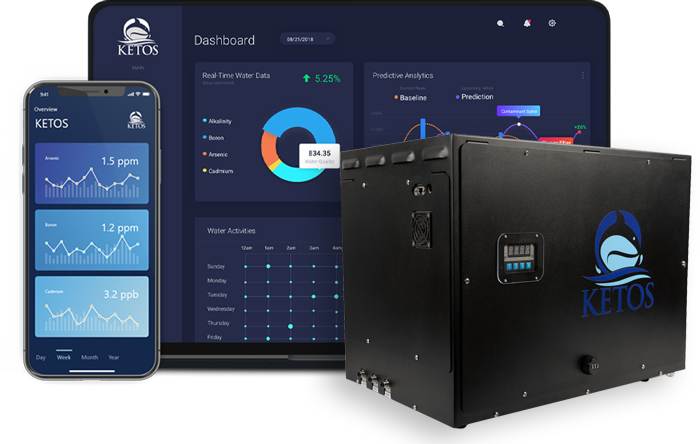Wastewater Analysis In Real-Time
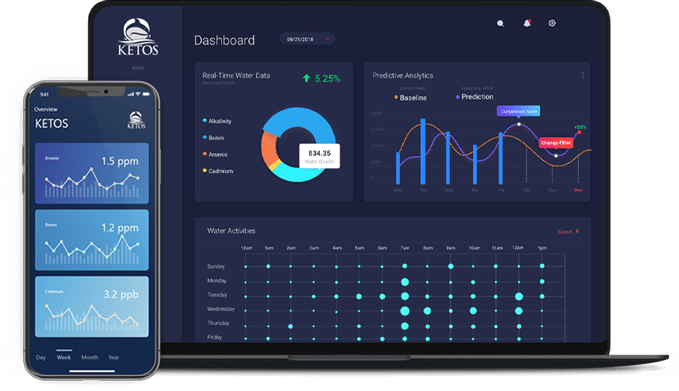
Problems Solved Before They Happen
Never Miss A Test

There’s no longer a need to rely on operators to grab samples, send samples to a lab, or run tests in the field. Schedule the SHIELD to test water on a schedule that best suits your needs.
Immediate Results

No more waiting for test results. Know if your water meets safety, quality, and compliance standards in real-time.
Monitor From Anywhere

No manual sampling testing, calibration, or clearing required. KETOS is completely autonomous and delivers real-time data to your device – anytime, anywhere.
Overview
KETOS: Remote Water Quality Monitoring
Sampling
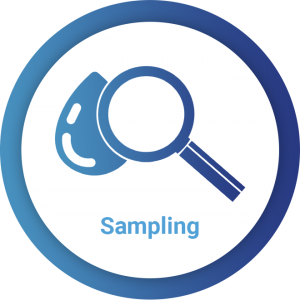
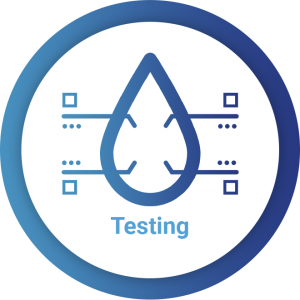
Testing
KETOS tests water quality across dozens of parameters including environmental, inorganics, nutrients, and heavy metals and delivers lab-accurate results in real-time. Additional parameters are continuously added.
Calibration and Cleaning
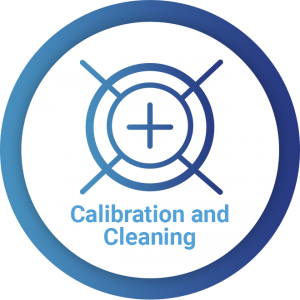

Reporting and Alerts
Analyze
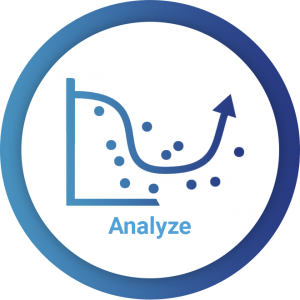
Learn How KETOS Could Work for You
Lab-Accurate Water Quality Data in Real-Time
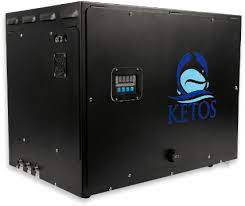

KETOS Awards
















Wastewater Analysis
Wastewater is water that has been used in a residential, commercial, or industrial application and is no longer currently useful for its original purpose due to reduced quality. What qualifies as wastewater will vary from use to use and industry to industry. In addition, runoff from precipitation and rainwater that enters storm or wastewater treatment systems is classified as wastewater. The nebulous definition of what constitutes wastewater and the variety of origination sources makes it hard to know what pollution or contaminants that water can carry. Domestic wastewater or residential wastewater comes from everyday activities like bathing, toilet flushing, laundry machines, and dishwashers. We can further break down residential and domestic wastewater into grey and black water categories. Greywater is water from bathroom sinks, showers and baths, laundry machines, and dishwashers, while blackwater is from toilets and kitchen sinks. Commercial wastewater can come from any non-residential source. Industrial wastewater originates from manufacturing or chemical processes. Agricultural wastewater is water that originates from farm-like environments and is often in the form of stormwater runoff. Agricultural runoff might also stem from animal feedlots and result in water that has high concentrations of pathogens and other organic dissolved solids. Commercial and Industrial wastewater can potentially hold contaminants or pollutants at levels that might be dangerous if discharged directly into a body of water or might overwhelm a municipal wastewater treatment facility’s ability to treat that wastewater successfully. Industrial, agricultural, and commercial wastewater can be more challenging to treat than domestic wastewater due to the vast array of potential contaminants it might hold, including industrial solvents, heavy metals, pesticides, chemicals, and pathogens. Because industrial and agricultural wastewater can vary in its composition from location to location, a robust wastewater analysis program is needed to ensure the safety of all downstream water users and natural environments.
What is Wastewater Testing?
Wastewater testing serves as an essential step in the water treatment cycle to ensure the safety of water supplies and natural environments. Depending on the upstream setting, there are multiple locations in the water treatment cycle where testing might be applicable or appropriate and what types of water use occur before the water reaches a treatment facility. Water can be assessed at industrial facilities before being released into a waterway or discharged into a municipal wastewater system. Testing might occur at a municipal facility before the waste stream enters the plant, during the treatment process, and at the end when cleaned wastewater is discharged as effluent. Drinking water plants might screen the water they process in the same manner as it enters and then leaves the facility. Inadequately or improperly treated wastewater can present health hazards or negatively affect natural environments, harm fish and wildlife populations, lead to beach closures, and endanger recreational water use. Adequate testing for a wide array of potential pollutants, contaminants, microorganisms, pathogens, and water chemistry is an essential focus for wastewater management.
Wastewater Analysis Methods
Wastewater must first be examined to know what treatment methods will be the most useful based on present contaminants of pathogens. Different wastewater types require distinctive wastewater analysis methods and treatment technologies; treating industrial wastewater polluted with heavy metals at a municipal wastewater treatment plant would prove unsuccessful. In addition, municipal water supplies intended for consumption must meet the Environmental Protection Agency’s (EPA) National Primary Drinking Water Regulations (NPDWR). These regulations protect public health by identifying known contaminants that are harmful if consumed. EPA standard methods for the examination of water and wastewater have been established to ensure that all water providers are testing their water quality in the same manner. The treatment and testing of residential and industrial wastewater are also regulated if the water is discharged into a body of water. This process is controlled by the Federal Water Pollution Control Act enacted in 1948. Changes to the law, referred to as the Federal Water Pollution Control Act Amendments of 1972, also called the Clean Water Act (CWA), changed and improved the requirements and strengthened protections for drinking water supplies and surface waters in the United States. This act allowed the EPA to set standards and establish provisions to protect and maintain the quality of waters in the United States. Any user, municipal, commercial, or industrial, must follow the quality standards established by the EPA. Water Quality Standards (WQS) are enacted at the state level and set water quality criteria based on the use of bodies of water. These criteria establish numeric pollutant levels for a list of known contaminants and emerging contaminants of concern that the body of water is not to exceed. If no WQS is set at the state level, the EPA issues standards for bodies of water in the state.
Further regulation comes in the form of the National Pollution Discharge Elimination System (NPDES), which requires a permit for any point source discharge into a body of water in the United States. In addition, the NPDES permit requires that any discharged wastewater be carefully monitored and reported on to protect human health and water quality. Compliance with the CWA and NPDES regulations require that permits must be renewed every five years, or fines and other penalties might be enforced due to non-compliance.
EPA-approved methods for wastewater testing and treatment are listed in the Code of Federal Regulations. Title 40, Chapter I, Subchapter D, Part 136, referred to as 40 CFR 136, lists the provisions related to water testing and treatment required to discharge treated wastewater into a surface body of water. Published EPA Analytical Methods for water treatment testing procedures guide those seeking to obtain an NPDES permit to discharge wastewater from facilities or treatment plants. 40 CFR 136 Approved Test Methods explains in detail how the chemical, biological, and physical components of wastewater are to be analyzed by municipalities and industries to meet the CWA requirements. Chemical, Biological, Whole Effluent Toxicity (WFT), Radiochemical, and other industry-specific procedures are listed. Still, most have one thing in common: the need to physically obtain water samples from various stages in the wastewater treatment process and the discharged effluent stream as it is released into the environment. Guidelines for sample handling and preservation are listed in 40 CFR 136 Sample Preservation, some of which are complicated due to short sample holding times. These samples must be sent to a certified lab for analysis, which can be expensive, and depending on testing backlogs, might take extended amounts of time before results can be returned. If wastewater discharge streams are out of compliance during this time, human and environmental health could be threatened, and the operator might be severely liable for their non-compliance with CWA and NPDES statutes.
Wastewater Analysis Laboratory
The need for exact and accurate data when dealing with wastewater means that samples must be handled carefully to avoid contamination. A wastewater analysis laboratory must possess either a National Environmental Lab Accreditation Certification (NELAC) or ISO 17025 accreditation. These labs are able to process samples in a standardized manner that follows the permitting requirements for effluent discharge under the CWA. These labs must undergo and pass audits from outside, third-party evaluators annually to remain certified. The evaluators observe how the lab handles samples, compliance with testing methods, and quality assurance procedures. These strict inspections ensure that the integrity of analysis results is maintained and is trustworthy. Additionally, the labs adhere to strict quality control and testing methodologies issued by the EPA.
Wastewater testing methods used by accredited wastewater testing companies and labs will differ from tests conducted on-site or in the field. On-site testing is generally used for testing water pH, dissolved oxygen, and sometimes nutrients. These tests are not as accurate as laboratory testing because the samples are not checked against a validated sample. Lab equipment is also calibrated and monitored to meet lab certification parameters, which cannot be accomplished with field testing. The sample collection material, bottles, vials, test strips, etc., used in a lab are kept sterile to avoid any cross-contamination that might occur and alter the results of wastewater testing. Field testing cannot ensure that sample collection materials have been handled correctly and, as such, cannot be used for permitting purposes. Good quality data in wastewater analysis is essential to ensure that health and safety standards are met. Proper sample collection methods, material handling, and certified lab reports ensure that valid results for regulatory purposes are produced, and effluent discharge remains compliant with CWA and NPDES standards.
Wastewater Analysis Report
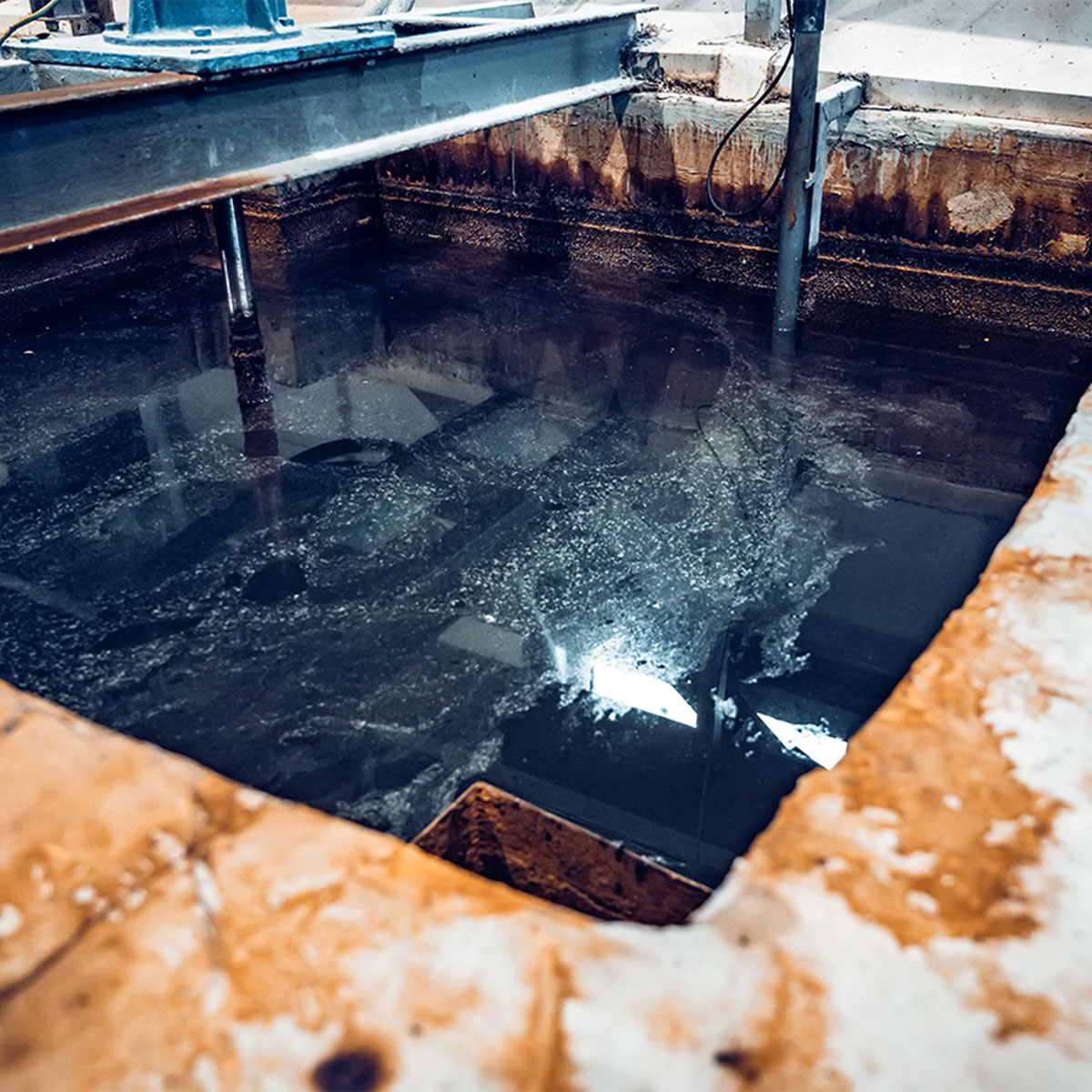 KETOS revolutionizes wastewater testing with smart, accurate, and automated methods for reliable insights.
KETOS revolutionizes wastewater testing with smart, accurate, and automated methods for reliable insights.A completed wastewater treatment lab report will contain information about general water quality measurements; pH, turbidity, and Total Dissolved Solids (TDS). Nuisance contaminants that might affect taste, smell, or appearance like iron, copper, sulfates, and water hardness, will also be included in the report. Depending on if the water is for human consumption or treated wastewater discharged as effluent, dangerous known contaminants will also be reported in the finalized report. This will include contaminants like lead, arsenic, cadmium, and manganese. The report will also include information about pathogens, bacteria, viruses, and spores in the final report. It is essential to know the safe levels of these pollutants, contaminants, and pathogens before any treated wastewater is released as effluent or dispersed for consumptive purposes.
Real-time wastewater monitoring with a KETOS Shield water analytics system can provide confidence that effluent discharge streams comply with local, state, and federal regulations and can lead to quickly diagnosing and fixing problems water that falls outside of approved parameters. In situations that demand high-frequency water quality sampling, the KETOS Shield can supply continuous and scheduled sampling for over 30 different parameters, including water quality, inorganic components, heavy metals, and nutrients. Operators have real-time access to this data, can view historical trends, set real-time alerts for several parameters, and receive mission-critical insights by continuously analyzing water sampling data in conjunction with advanced machine learning. In addition, the KETOS Shield is self-cleaning and self-calibrating and prevents sample cross-contamination that can occur during field sampling. A KETOS Shield is comparable to the cost of 2-4 lab tests per month and includes unlimited testing and analysis. Although the results from a KETOS Shield cannot currently be used for permitting processes, the continuous real-time analysis of water quality allows wastewater operations to comply with CWA and NPDES requirements without waiting for costly lab results to be returned. These insights are valuable for operators in both the public and private sectors and allow for better human and environmental health protections.
